Organize Library
Browse, organize, and manage all your film rolls. Keep each session clearly structured, easy to find, and neatly arranged within your library for quick access anytime.
Shooting film is a deliberate, intentional process, but keeping track of your settings shouldn't slow you down. Frames is built specifically for analog photographers who want the precision of digital metadata without sacrificing the tactile joy of film. Whether you're testing new film stocks, perfecting your exposure technique, or simply want to remember what worked on that perfect shot, Frames captures every detail exactly when and where you need it.
Unlike generic note-taking apps or paper notebooks, Frames understands film photography. It knows your gear, speaks your language with proper f-stops and shutter speeds, and organizes everything by roll and frame. When your scans come back, you can embed all your shooting data directly into the image files, creating a complete archive that works seamlessly with Lightroom, Bridge, and every other tool in your workflow. Your analog process gets digital precision, without the compromises.
Thousands of film photographers trust Frames to be their shooting companion, from weekend hobbyists to professional archive builders. No ads, no tracking, no subscriptions to services you don't need. Just a beautifully crafted tool that respects your creative process and keeps your data private and portable. Start your free trial and see why film shooters are ditching their notebooks for good.
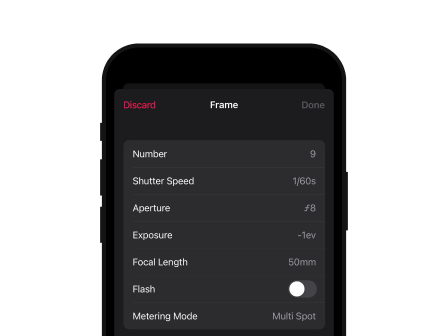
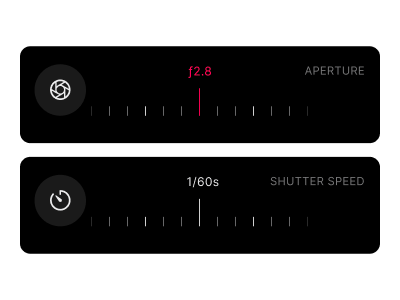
Log your shots instantly with intuitive dials for shutter speed and aperture. The interface lets you capture exposure settings in seconds without interrupting your creative flow, ensuring every frame's details are preserved for later reference.
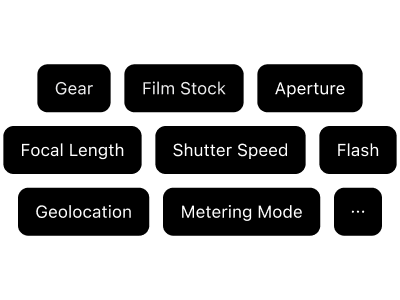
Track every detail that matters to your photography. Record camera gear, film stock, aperture, focal length, shutter speed, ISO, flash settings, GPS location, and custom notes. Build complete records that help you learn and improve with each roll you shoot.
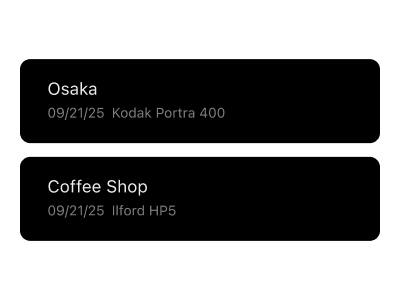
Browse your complete film archive with every roll beautifully organized. See roll names, shooting dates, and film stock at a glance. Search, filter, and revisit past sessions to analyze your work, track your progress, and rediscover forgotten frames.

Build a complete digital catalog of your photography gear. Add cameras, lenses, filters, and accessories with detailed specifications. Having your equipment organized means faster shooting prep and consistent metadata across all your film rolls.
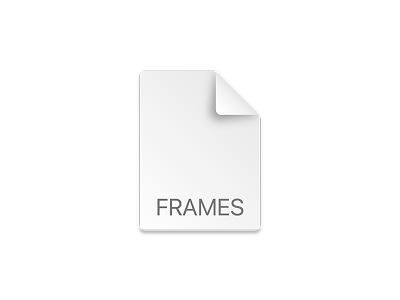
Export your shooting data as portable JSON-based .frames files. Back up your records, share them across devices, or migrate between iPhone and Mac seamlessly. Your data stays accessible and future-proof, giving you complete ownership and control.
Your embedded metadata works everywhere you need it. Apple Finder, Flickr, Google Photos, Adobe Lightroom, Adobe Bridge, and Darktable all recognize and display your film shooting data, creating a unified workflow from analog capture to digital archive.
Browse, organize, and manage all your film rolls. Keep each session clearly structured, easy to find, and neatly arranged within your library for quick access anytime.
Keep a detailed record of your cameras, lenses, filters, and accessories. Stay consistent and always have the right setup information ready before each shoot.
Log aperture, shutter speed, exposure compensation, film stock, location details and more for each frame. Every shot's technical information stays accurate, complete, and accessible.
Look back at your logged rolls to review settings, analyze previous sessions, and learn from your results. Refine your workflow with each new roll.
Save or share your records as .frames, .txt, or .gpx files. Back up your data, collaborate with others, or integrate with other photography tools and workflows.
Embed all recorded data into scanned images. Preserve analog details while keeping your digital archives fully synchronized and complete.
Reach out directly to the developer for help, share feedback, or suggest improvements and new features. Get quick responses anytime.
Includes:
Includes:
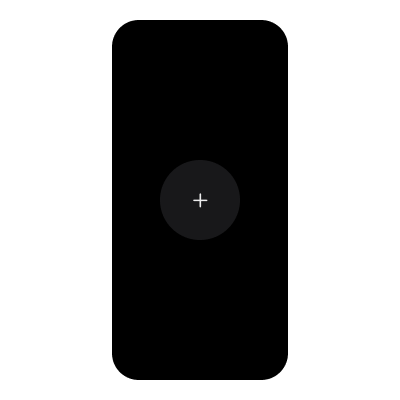
Open Frames on your iPhone and tap the icon in the bottom-right corner to start a new roll. Add your film camera, lenses, and choose your film stock. The ISO is set to box speed by default, but you can adjust it to match your light meter. This is where your film photography workflow begins.
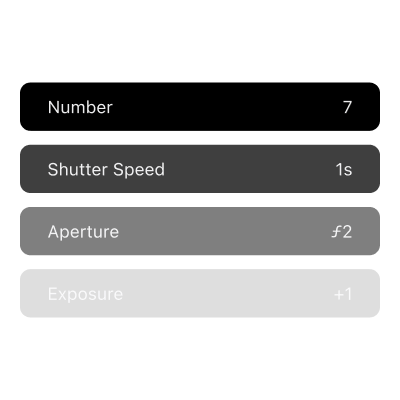
As you shoot, record camera settings for each frame: aperture, shutter speed, focal length, flash, creative notes, and more. Geolocation, place names, and timestamps are automatically captured to create a precise film photography log. You can use the default slider-based controls or switch to a classic form view via the top-right menu.
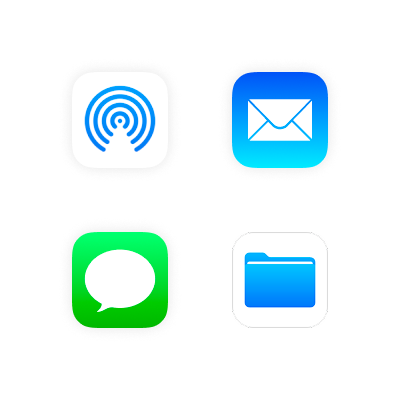
Once your roll is finished and all shots are logged, export the data as a .frames file. Send it to your Mac using AirDrop, email, or any method you prefer. This file contains all your recorded film metadata for later use with your scans.
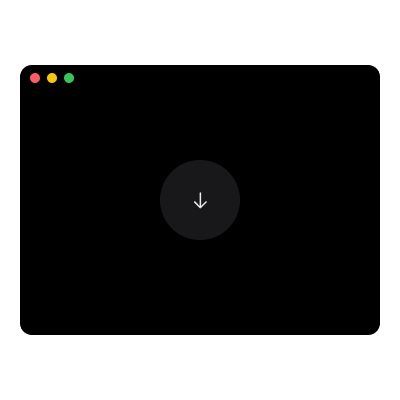
After your film is developed and scanned, open the .frames file on your Mac. Simply double-click it or drag it into the Frames app for macOS. Your recorded frames will load instantly, ready to be paired with your scanned photo files.
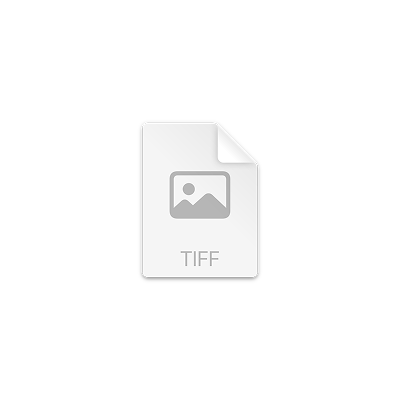
Browse your logged shots using list, grid, or full view, and begin associating each scan with its frame data. JPEG, TIFF, and DNG images are currently supported, with CR2 and NEF coming soon. This step links your analog photos with detailed EXIF metadata, preserving the context of every shot.
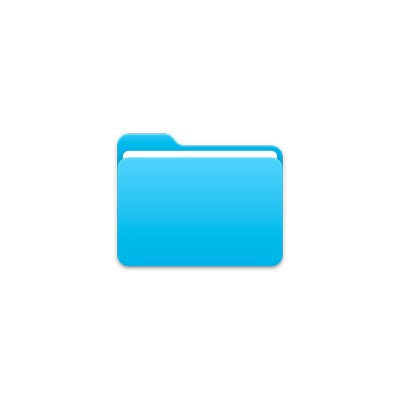
Once everything is matched, export your updated images. Metadata is embedded directly into each photo file, ensuring it stays visible across devices, editing tools, and platforms like Flickr. Your film photography gets the searchable, organized benefits of digital, without losing its soul.
Easy to use, reliable, and fairly priced app that transfers shooting data, including geolocation, into scanned negatives' EXIF. The developer listens to feedback and keeps improving. Excellent!
As a home-developing film photographer, I love how Frames lets me log every shot without the hassle of notebooks. It is the perfect and practical solution. Went Pro and never looked back!
Great for recording exposure and location when shooting film, ideal for analyzing settings or keeping EXIF-style data. The developer fixed a bug within a day. Highly recommended!
Getting back into film, I missed having metadata until I found Frames. It replaces paper notes, helps me stay organized, and keeps me mindful when shooting. A must-have for film photographers!
You can tell the developer uses the app too. Every small detail feels intentional, and the interface is clean and simple. Everything works smoothly. Easily the best film notes app available!
The best analog photography app I’ve used so far. It is simple, fast, and includes all the features I really need for organizing my work. No ads, no tracking, and privacy is a major plus.
The app is simple and does exactly what it should. I love being able to name my current film rolls since I sometimes forget which camera I used. The UI is clean, elegant, and well-crafted.
Essential tool for film photographers. Perfect for adding metadata to scans: aperture, shutter speed, filters, location, film stock. Regular updates, great support. Highly recommended.
This is precisely the tool I wished existed for my film photography workflow. All the essential tracking features are present, the customization is wonderful, and I love that I can add my own film stocks to the database. Absolutely delighted.
Frames lets you log detailed information for every shot, including camera, lens, filters, frame number, focal length, aperture, shutter speed, ISO, metering mode, film stock, flash, GPS location, timestamps, and custom notes, ensuring you never lose track of important analog photography details.
Frames supports JPEG, TIFF, and DNG formats, allowing you to embed your recorded metadata directly into scanned analog photos for seamless organization and workflow across your devices.
Frames is currently available for iPhone and macOS. Versions for Android and Windows are planned for 2026, and in the meantime, you can share and manage your data via .frames file exports.
Frames provides default sequences that cover most lenses and cameras. You can also define custom sequences for your gear, making it compatible with any shutter speed or aperture value.
Yes, you can record tripods, flashes, and other accessories using the custom notes field for each shot. This flexible approach lets you document any equipment or shooting details that matter to your workflow, from tripod models to remote releases and light modifiers.
Yes, you can seamlessly transfer your film photography data between iPhone and Mac using .frames file exports. Simply export your rolls from one device and import them on another. While automatic cloud sync isn't currently available to maintain your privacy and data ownership, the .frames format makes manual syncing quick and straightforward.
Absolutely. Frames works completely offline, making it perfect for shooting in remote locations without internet. All your data is stored locally on your device, so you can log shots, manage your archive, and organize your gear anywhere. GPS location tagging also works offline and saves automatically when you record each frame. The only time you need internet is for checking app updates.
Future updates will expand workflow features, improve integration across devices, and add new tools requested by the community. This will make analog photography logging even more flexible and powerful.